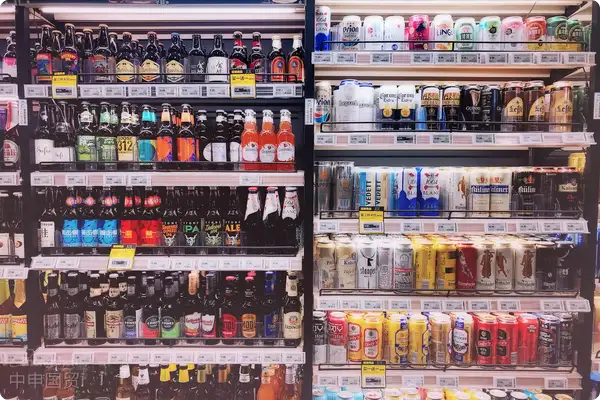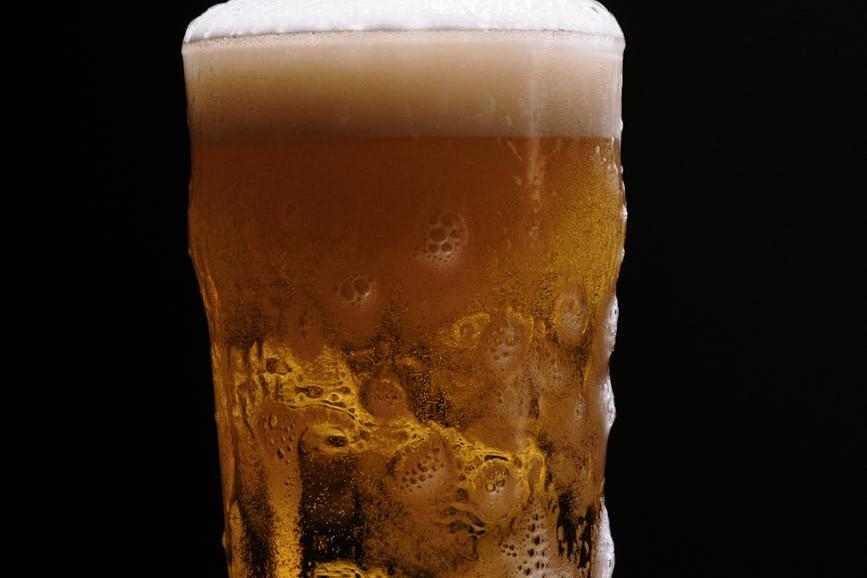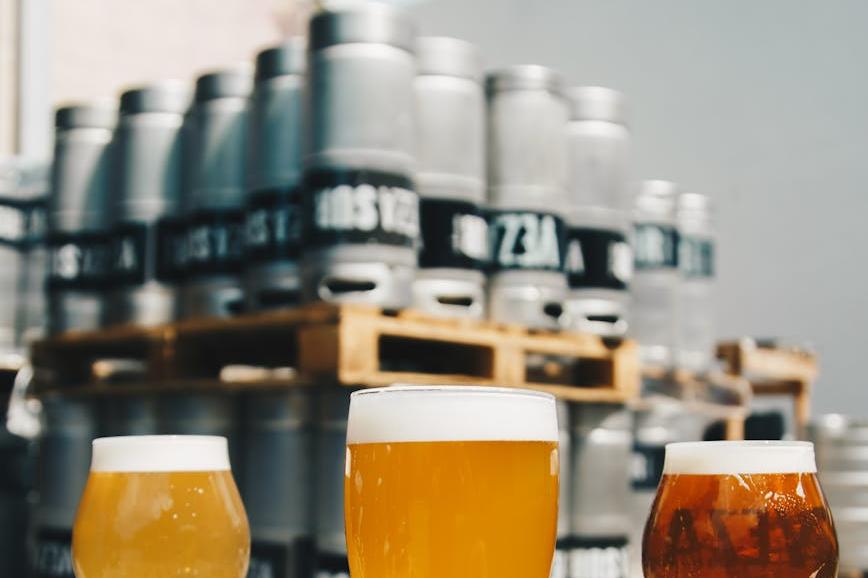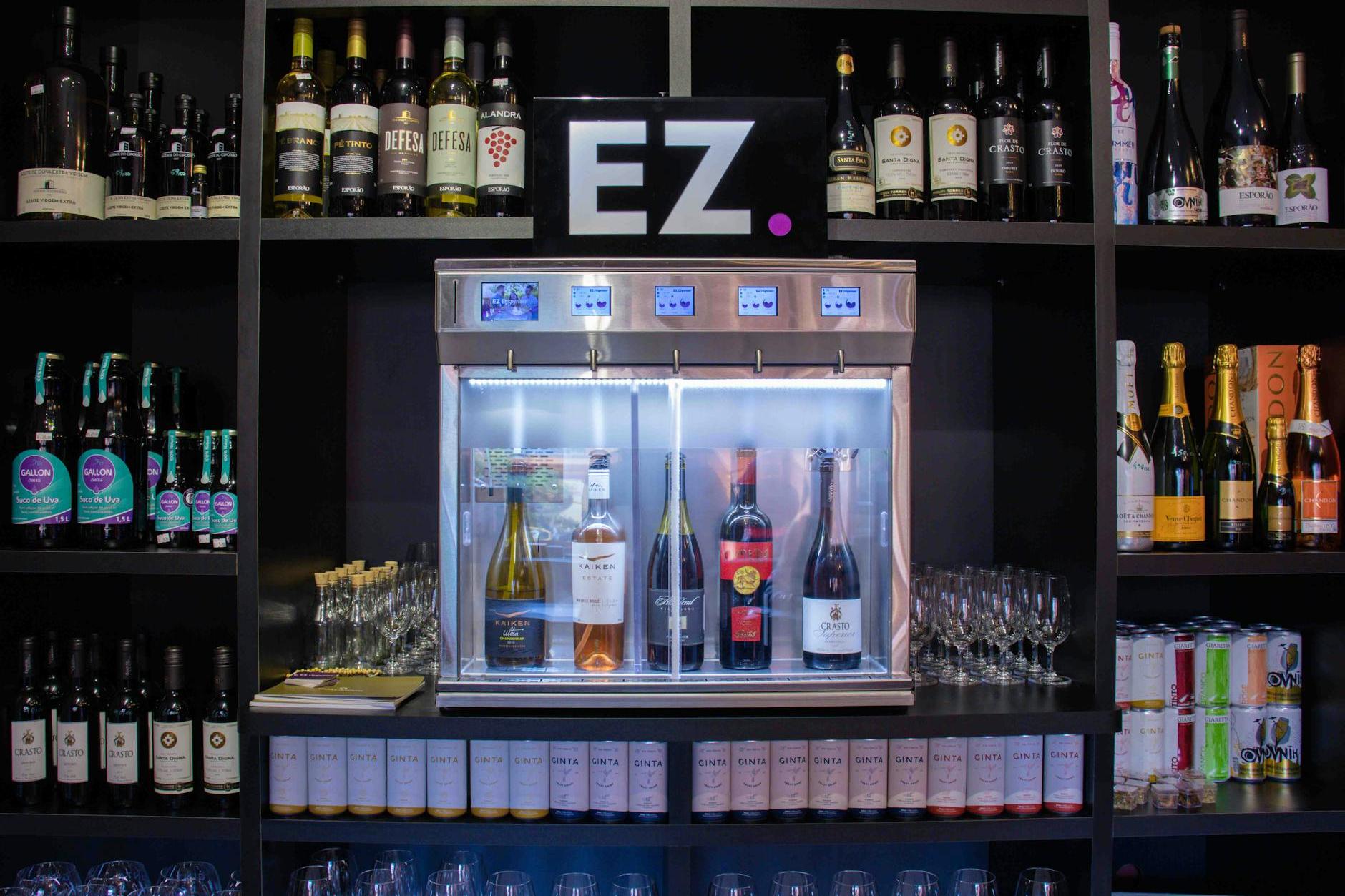- Shanghai Zhongshen International Trade Co., Ltd. - Two decades of trade agency expertise.
- Service Hotline: 139 1787 2118

Contents
ToggleWhen Beer Meets Customs: The Clearance Pitfalls We've Stumbled Upon Over the Years
Last month, a client eagerly imported 200 cases of Belgian Trappist beer, only to have them detained at the port for a full three weeks. The reason? The alcohol content labeling didn’t comply with the new national standards—it was marked as "7.5 degrees" instead of "7.5% vol." Such frustrating yet amusing cases unfold daily at various ports. As a "beer porter" with twenty years of experience, today I’ll share with you five essential clearance secrets for importing beer.
The essential trio for customs clearance: qualification documents are indispensable.
- (Apply 30 days in advance)Starting from 2025, new beer classification filing items will be added.
- Record - filing of Imported Food Consignor: The latest version automatically verified by the customs system.
- Alcohol distribution license:Some regions have switched to a filing system.
Seven Deadly Sins of Chinese Label Design
| Error Type | Correct example | Error example |
|---|---|---|
| Alcohol Content Labeling | ≥4.3%vol | Alcohol content: 4.3% vol |
| Ingredient labeling | Water, barley malt, hops | Natural ingredients |
| Expiration date format | December 31, 2025 | Expiration date: end of 2025 |
Three devilish details in the customs clearance process
- HS Code selection:
- Malt brewed beer: 22030000
- The maximum tariff differential for alcohol concentration grading reaches up to 15%.
- Validity period of health certificate: German beer must comply with the EU's new electronic signature format regulations.
- Transportation temperature monitoring: The entire cold chain for IPA beer must be maintained at 2-8°C.
The unique "ID card" of beers from various countries
Last year, the Czech beer we represented lackedEU Certificate of Free Circulation for Alcoholic ProductsAlmost got rejected for return shipment, special requirements from different origins are worth noting:
- Germany: Must include the Beer Purity Law declaration document.
- United States: Dual Protection with TTB Certification and FDA Registration
- Japan: The Tax Rate Difference Between Sake and Beer as Evidence
Frequently Asked Questions First Aid Kit
Q: How to handle near-expiry beer?
A: Products with less than 6 months remaining until expiration require separate declaration, and it is recommended to allow a 20-day buffer period.
Q: What are the main reasons for craft beer failing quality inspections?
A: 75% of the cases are attributed to excessive levels of the additive diacetyl, particularly in American craft beers.
I recall helping a client handle a batch of Dutch white beer temporarily detained by customs last year—the issue turned out to be the copyright statement on Van Gogh's portrait printed on the bottles. Importing beer is like traveling the world with liquid, where every step requires a professional "customs codebook." The next time you raise a glass of imported beer, take a moment to consider how many professional hurdles this exquisite drink has crossed to reach you.
Related Recommendations
Contact Form
? 2025. All Rights Reserved. Shanghai ICP No. 2023007705-2  PSB Record: Shanghai No.31011502009912
PSB Record: Shanghai No.31011502009912










